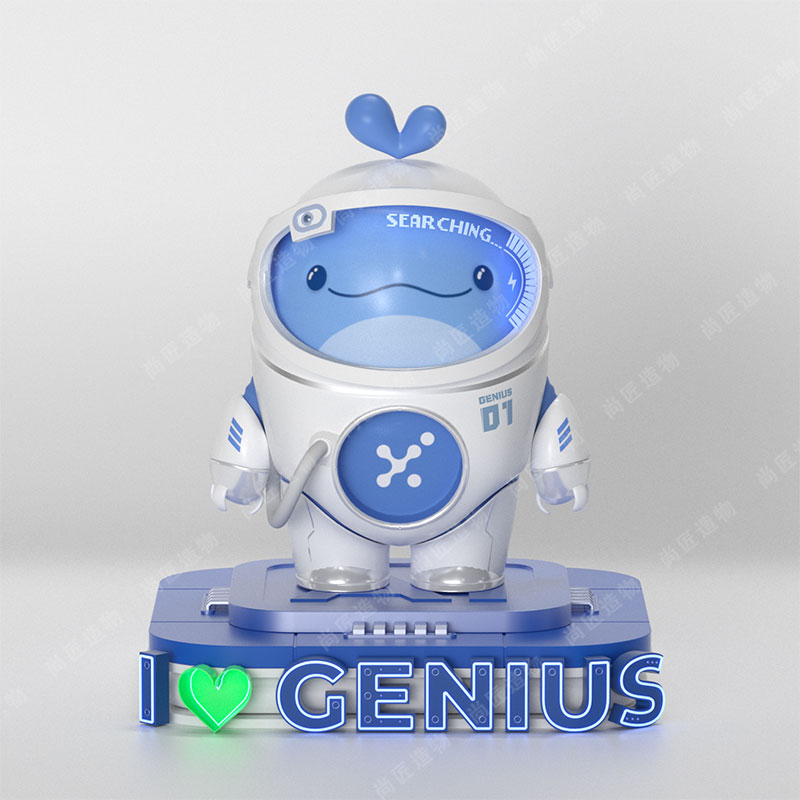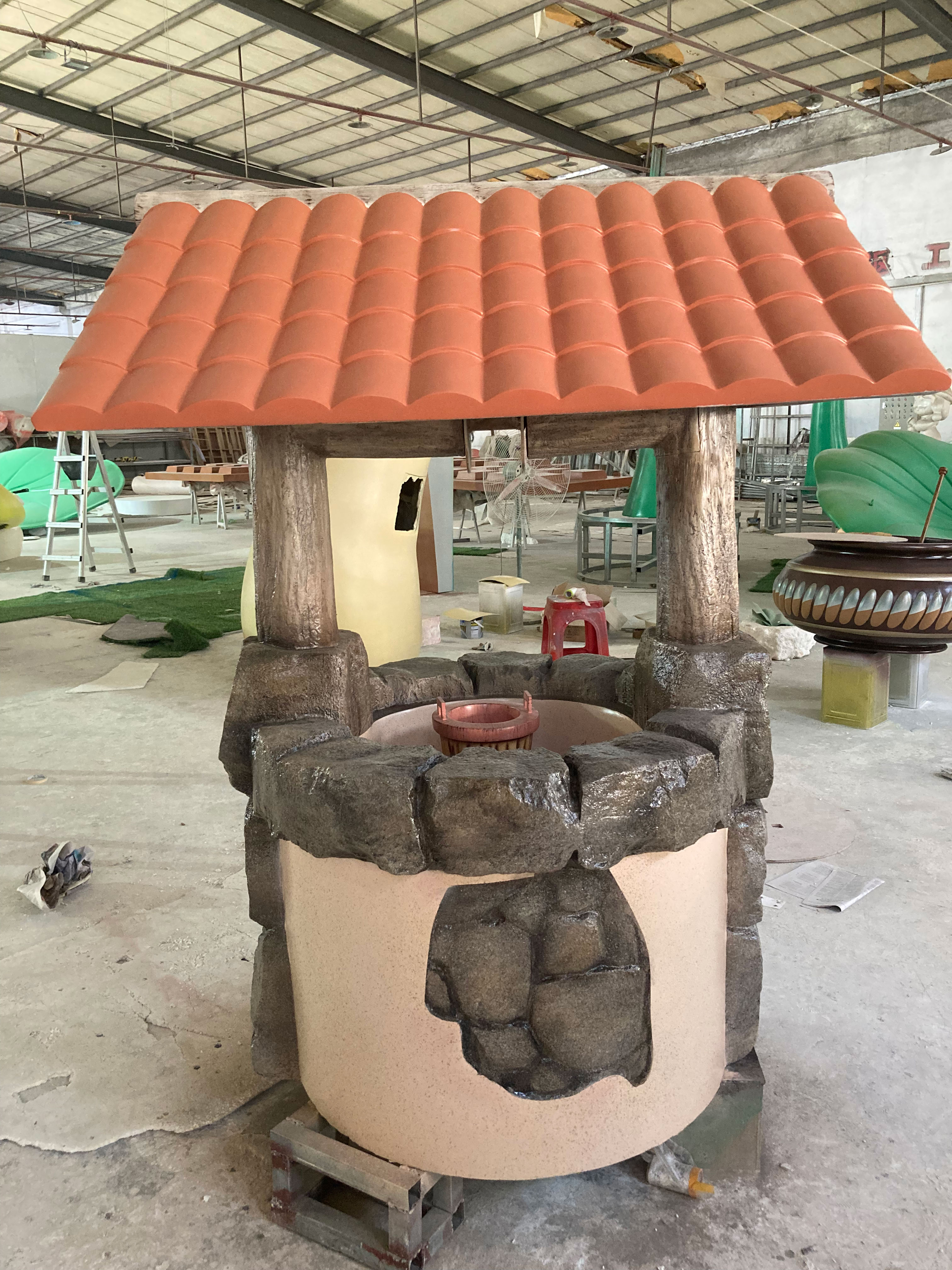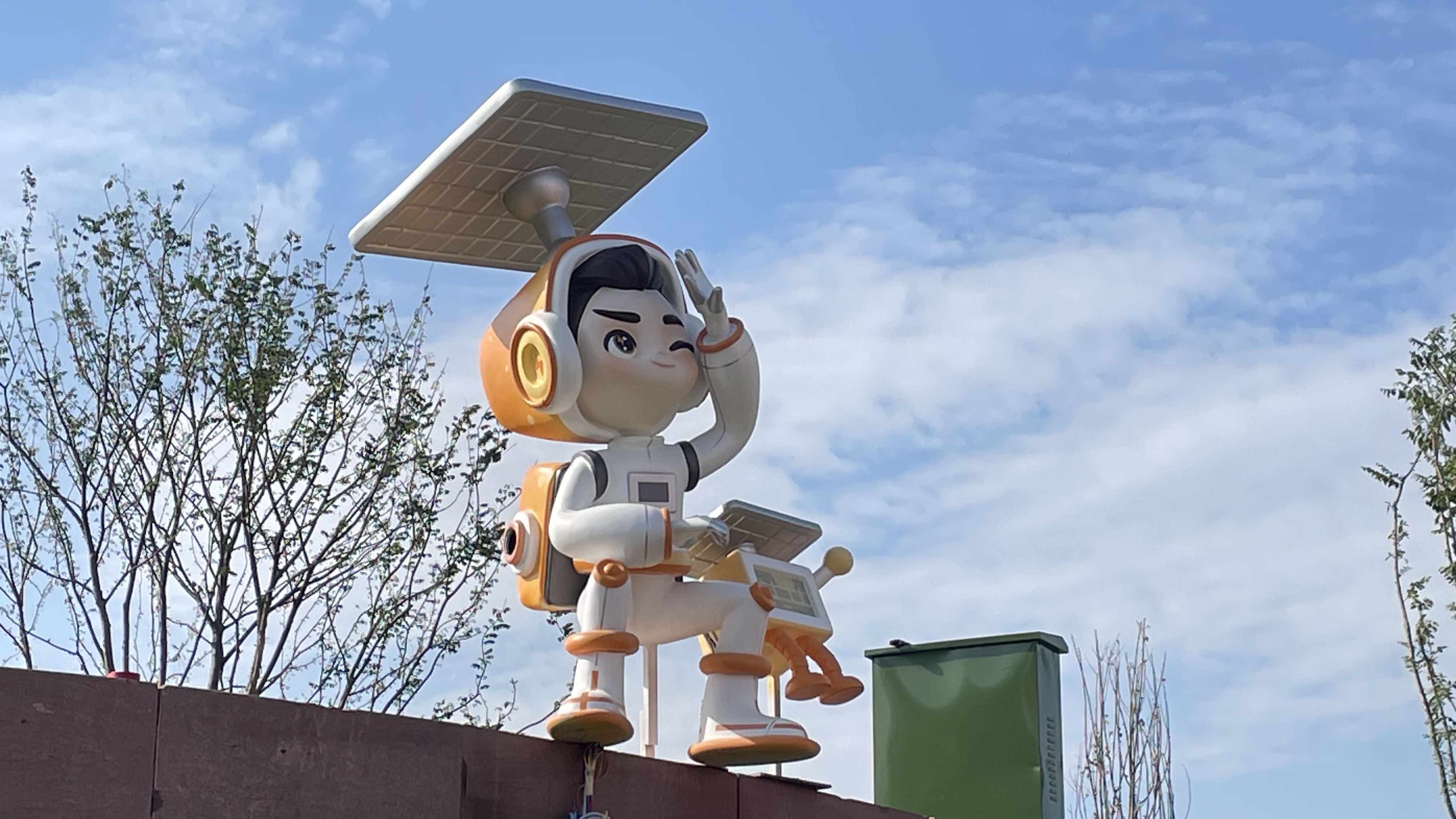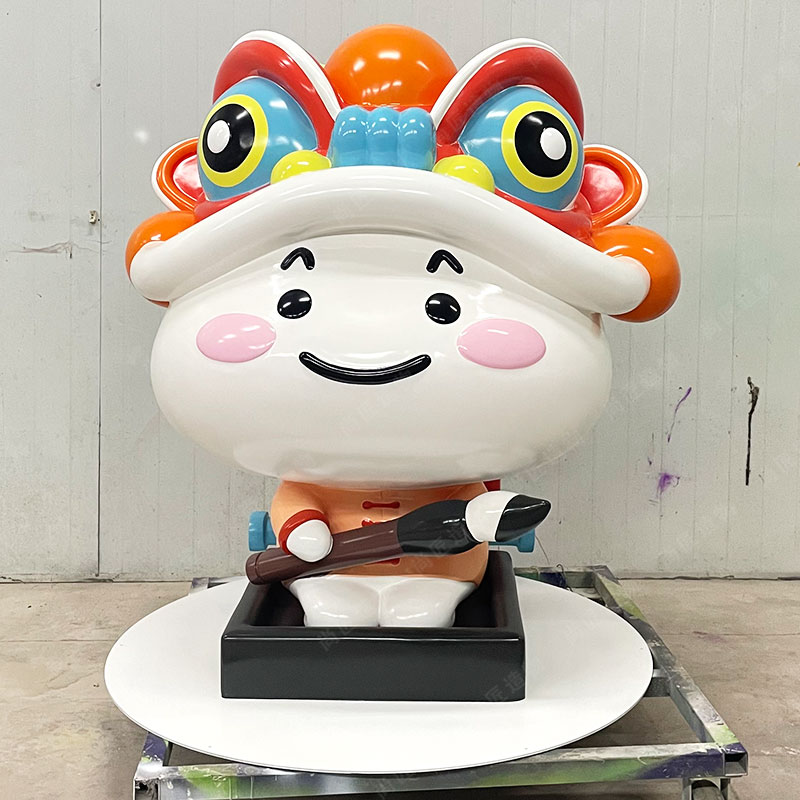Key Takeaways
Kinetic metal sculptures merge mechanical precision with artistic vision, requiring foundational knowledge of motor types, gear ratios, and timed movement patterns. Below are essential insights for creating balanced, self-sustaining artworks:
| Core Concepts | Techniques | Applications |
|---|---|---|
| Motor torque and RPM | Gear system calibration | Rotating sculpture layers |
| Energy-efficient power sources | Timed rotation intervals | Interactive installations |
| Weight distribution principles | Lubrication for silent motion | Craft-show display pieces |
Understanding motor specifications (e.g., DC vs. stepper motors) ensures compatibility with metalwork weight and size. For example, low-RPM motors paired with 4:1 gear ratios enable smooth, continuous rotations without overheating. Incorporating clock-inspired mechanisms, such as escapements, adds rhythmic pauses to perpetual motion designs.
Transitioning from theory to practice, troubleshoot common issues like friction hotspots or misaligned gears early in prototyping. For craft-show-ready pieces, prioritize silent motor operation and weather-resistant materials. These elements maintain audience engagement while ensuring mechanical reliability.
Finally, consider how timed rotations (e.g., 30-second cycles) create hypnotic effects. Pairing this with asymmetrical metal layers amplifies visual intrigue, transforming static materials into dynamic narratives. This approach bridges technical engineering and artistic storytelling, a hallmark of memorable kinetic art.

Kinetic Metal Sculpture Motor Basics
Selecting the right motor is critical for achieving smooth, sustainable motion in kinetic metal sculptures. Low-voltage DC motors (3–12V) are commonly used due to their balance of power and energy efficiency, while stepper motors offer precise control for complex rotational patterns. Torque—the motor’s rotational force—must align with the sculpture’s weight distribution; oversized motors waste energy, while undersized ones strain and overheat.
"Always test motors at 50% load capacity before final installation. This prevents burnout and ensures longevity in perpetual motion designs." – Industrial Artisan Quarterly
For mounting, weld or bolt motors to rigid structural points using vibration-resistant brackets. Aluminum frames work well for lightweight sculptures, whereas steel reinforcements stabilize heavier installations. Consider integrating speed controllers or Arduino microcontrollers to adjust rotation intervals, which adds dynamic pacing to layered metal components.
A common oversight is neglecting gear alignment. Lubricate brass or nylon gears regularly to reduce friction, especially in outdoor sculptures exposed to dust. For projects requiring silent operation, Cartoon sculpture techniques often use belt-driven systems instead of traditional chains.
Power sources like solar panels or rechargeable lithium batteries enable standalone installations, ideal for craft-show displays. Always insulate wiring with heat-shrink tubing to prevent short circuits in metal-heavy environments. These foundational choices directly influence how gear systems and timed rotations function in later design stages.

Gear Systems for Perpetual Motion Art
Gear systems form the mechanical backbone of kinetic metal sculptures, enabling controlled, continuous motion while balancing energy efficiency. To achieve perpetual motion effects, artists typically employ spur gears for direct torque transfer or planetary gears for compact, multi-directional rotations. Gear ratios—such as 3:1 or 5:1—dictate rotational speed and torque, allowing slower, deliberate movements ideal for hypnotic visual rhythms. For example, pairing a high-torque motor with a 4:1 reduction gear ensures smooth rotation of heavy stainless steel sculpture components without stalling.
Lubrication and material selection are critical: nylon gears reduce noise, while stainless steel or brass gears withstand outdoor elements. Modular designs, where gears can be repositioned on a central axle, offer flexibility for iterative adjustments. Artists often integrate escapement mechanisms, borrowed from clockmaking, to create intermittent pauses in motion—adding dramatic tension to otherwise seamless rotations. Proper alignment of gear teeth minimizes friction, a common cause of premature motor wear. For layered sculptures, helical gears provide axial load support, enabling stable multi-plane movements. By combining these principles, artists transform static metal into dynamic narratives, where mechanical precision meets artistic intent.

Motor Integration in Moving Metal Designs
Integrating motors into kinetic metal sculptures requires balancing mechanical precision with artistic vision. Begin by selecting motors suited to the sculpture’s size and motion goals—smaller pieces may use low-voltage stepper motors, while larger installations often demand gear motors for torque control. Positioning is critical: motors can be concealed within structural elements or exposed as design features, depending on aesthetic intent. For example, kinetic sculptures showcased at craft shows often highlight polished motor housings to complement metallic textures.
To ensure smooth operation, pair motors with compatible power sources and controllers. Microcontrollers like Arduino allow programmable speed adjustments, enabling timed rotations that mimic natural rhythms. Mounting brackets should absorb vibrations, preventing wear on joints or gears. Test motor loads incrementally; overloading can warp delicate metal components. For layered designs, such as rotating clock-inspired mechanisms, synchronize multiple motors using timing belts or chain drives. This approach maintains harmony between moving parts while preserving structural integrity.
Transitioning from static to dynamic art involves iterative adjustments. Refine motor placements to optimize weight distribution, and insulate wiring to protect against metal abrasion. These technical steps, when aligned with creative intent, transform rigid materials into fluid, mesmerizing motion.

Timed Rotation Techniques for Kinetic Sculptures
Timed rotation systems transform static metal sculptures into dynamic artworks by controlling movement intervals. These techniques often rely on clockwork mechanisms, programmable motor controllers, or Arduino-based circuits to regulate rotational speed and pause duration. For perpetual motion effects, artists frequently combine low-torque motors with weighted counterbalances, ensuring smooth transitions between active and resting phases without overtaxing mechanical components.
A common approach involves using intermittent gear trains, where alternating tooth engagement creates predictable pauses. For example, a Geneva drive mechanism can produce rhythmic 90-degree turns followed by brief stops—ideal for mimicking natural patterns like circadian rhythms or celestial orbits. Artists designing IP character sculpture often incorporate light sensors or sound triggers to synchronize rotations with environmental stimuli, adding interactive dimensions.
When designing timed systems, prioritize corrosion-resistant bearings and lubricants to maintain precision in outdoor installations. Calibration tests using incremental timing adjustments (0.5–5-second intervals) help balance visual intrigue with mechanical longevity. This methodical approach ensures kinetic sculptures maintain their hypnotic qualities while adhering to craft-show durability standards.
Craft Show-Inspired Kinetic Art Mechanics
Craft shows often serve as fertile ground for discovering innovative approaches to kinetic metal art. Observing how artisans balance aesthetics with mechanical functionality reveals practical techniques for integrating motors into sculptural designs. For example, hand-cranked systems showcased at festivals frequently inspire motorized adaptations, where small DC motors replace manual effort while preserving the rhythmic interplay of gears and levers.
A common strategy involves modifying traditional clockwork mechanisms—such as those found in rotating jewelry displays—to accommodate lightweight metal components like brass sheets or aluminum rods. By studying craft-show prototypes, artists learn to calibrate gear ratios for smooth transitions between motion phases, ensuring components like spinning petals or swaying pendulums operate without jerking. These adaptations often incorporate microcontrollers to program timed rotations, mimicking natural patterns such as rustling leaves or undulating waves.
One notable example includes Realistic sculpture designs that use concealed motors to animate figurative elements, blending artistic detail with hidden mechanics. This approach emphasizes durability, as craft-show exhibitors prioritize designs that withstand repeated activation during exhibitions. Lessons from these displays highlight the importance of modular assembly, allowing sections like motor mounts or linkage arms to be easily adjusted or replaced during troubleshooting.

Troubleshooting Motorized Sculpture Movements
When motorized components in kinetic metal art fail to perform as intended, systematic troubleshooting ensures efficient resolution. Begin by verifying power sources: loose wiring, drained batteries, or inconsistent voltage often disrupt motor function. For sculptures using gear systems, inspect for debris or misalignment—even minor obstructions can halt movement. Lubricate joints sparingly with silicone-based products to avoid attracting dust, which may compound mechanical resistance.
If timed rotations become erratic, recalibrate motor controllers or microcontroller programming. Use a multimeter to test electrical continuity in circuits, particularly where soldered connections interface with metal components. Environmental factors like temperature fluctuations may warp lightweight metals; consider integrating Fiberglass sculpture elements for structural stability in outdoor installations.
Persistent grinding noises often indicate mismatched gear ratios or excessive torque. Adjust motor speed settings or install slip clutches to protect delicate mechanisms. Document recurring issues to refine future designs, balancing artistic vision with engineering practicality. By isolating variables—mechanical, electrical, or environmental—artists can maintain the hypnotic motion central to kinetic art’s appeal.

Designing Mesmerizing Kinetic Metal Artworks
Transitioning from technical foundations to artistic execution requires balancing mechanical precision with aesthetic vision. Begin by sketching conceptual designs that map movement patterns to visual narratives—rotating petals mimicking natural growth or interlocking gears symbolizing interconnected systems. Select metals based on durability and motion needs: aluminum for lightweight rotations, steel for structural stability in pendulum-like swings, or copper for organic patina development over time.
Integrate motor placement early in the design phase, ensuring hidden mounts or exposed components align with the artwork’s theme. For example, recessed motors beneath textured surfaces maintain illusionary “self-movement,” while visible brushed-metal engines complement industrial aesthetics. Test incremental motion ranges using programmable controllers to adjust speed differentials between elements—a fast-spinning central axis paired with slow-orbiting outer rings creates hypnotic depth.
Consider environmental factors like airflow or vibrations, which can enhance or disrupt motion. Counterbalance asymmetrical shapes with weighted bases, and use sealed bearings to minimize dust interference. Reference craft-show innovations, such as magnetic repulsion systems for frictionless spins or solar-powered motors for sustainable kinetic cycles. By merging calculated engineering with artistic intent, static metal transforms into a dynamic storytelling medium that captivates viewers through rhythm and form.

Clock Mechanisms in Rotating Sculpture Layers
Clock mechanisms offer a unique solution for creating precise, layered motion in kinetic sculptures. By adapting components like gear trains, escapements, and winding springs, artists can achieve controlled rotations across multiple metal layers. These systems work particularly well for sculptures requiring synchronized timing—such as concentric rings that turn at staggered intervals or overlapping panels that align periodically.
To integrate clockwork principles, start by repurposing modular gear sets from antique timepieces or modern clock kits. Attach each sculpture layer to a central axle, then connect them through intermediate gears calibrated to specific rotation speeds. For example, a 12-tooth gear driving a 24-tooth gear halves the rotation speed, creating a rhythmic interplay between layers. Motors can supplement mechanical clock systems by providing consistent torque, ensuring smooth transitions even under heavier metal loads.
Key considerations include balancing weight distribution to reduce friction and selecting corrosion-resistant materials for outdoor installations. Test incremental adjustments to gear ratios or motor RPMs to refine the timing of overlapping movements. This hybrid approach—combining traditional clock mechanics with modern motorized elements—allows artists to design sculptures that mimic natural cycles, like blooming flowers or orbiting celestial forms, while maintaining mechanical reliability.
Conclusion
As we’ve explored, kinetic metal art with motors bridges mechanical precision and artistic vision. By combining gear systems, timed rotations, and motor integration, artists can transform static metal into dynamic sculptures that captivate viewers. The interplay of engineering and artistry requires careful planning—whether aligning gear ratios for smooth motion or programming rotations to evoke emotion. Troubleshooting mechanical hiccups, such as motor overheating or misaligned components, ensures longevity and reliability in these moving pieces.
Looking ahead, the principles discussed—from leveraging clock mechanisms to layering rotating elements—offer endless possibilities for innovation. Artists can experiment with scale, material textures, or interactive sensors to push boundaries further. While challenges like balancing weight or synchronizing movements demand patience, each solution deepens understanding of how motion shapes meaning. By grounding designs in craft-show inspirations and technical rigor, creators craft not just sculptures, but stories in metal—stories that turn gears, sparks, and rotations into lasting impressions.

FAQs
What types of motors work best for kinetic sculptures?
Low-voltage DC motors (3-12V) are commonly used due to their compact size and adjustable speed. Stepper motors or servo motors provide precise control for timed rotations, while solar-powered motors suit outdoor installations.
How do I balance weight and motion in metal sculptures?
Start with lightweight metals like aluminum or copper sheets for moving parts. Use counterweights on rotating arms and test balance incrementally—attach temporary weights with clamps before final welding.
Can clock mechanisms power rotating sculpture layers?
Yes, repurposed clock gears or quartz movement kits create steady rotations. Pair them with belt drives or gear trains to synchronize multiple layers, adjusting ratios for varied speeds.
Why does my motor stall when moving heavy components?
Check torque ratings—motors below 10 kg-cm struggle with thick metals. Upgrade to gearbox motors or add pulley systems to reduce direct load. Ensure power supplies match motor voltage requirements.
How do I weatherproof motorized outdoor sculptures?
Seal motors in IP65-rated enclosures with silicone gaskets. Use stainless steel bearings and marine-grade lubricants. Position motors under protective hoods to shield from rain and debris.
What’s the simplest way to create timed rotations?
Programmable microcontrollers like Arduino Uno can trigger motor cycles. Set delay intervals using basic code, or use mechanical timers from kitchen appliances for analog solutions.
How do I troubleshoot jerky movements in gear systems?
Clean gears with a degreaser and apply graphite lubricant. Check for misaligned teeth or bent axles. Reduce friction by spacing gears 1.5x their module width apart.
 ch
ch English
English






